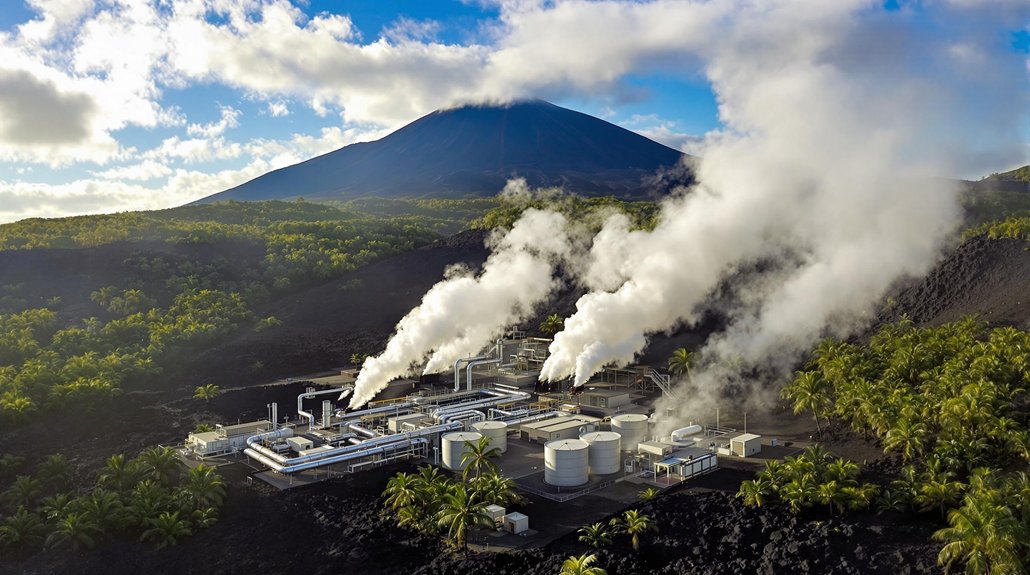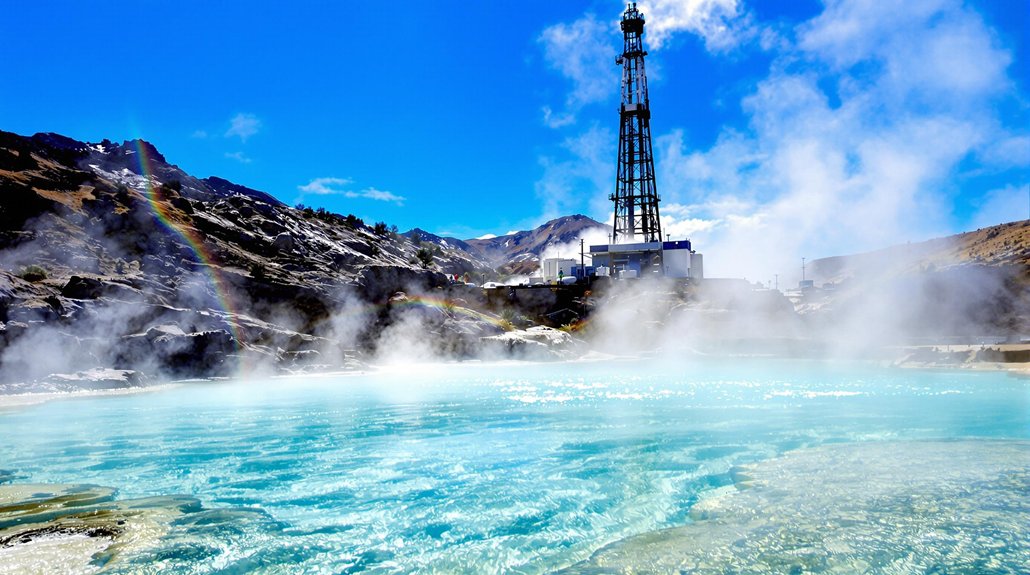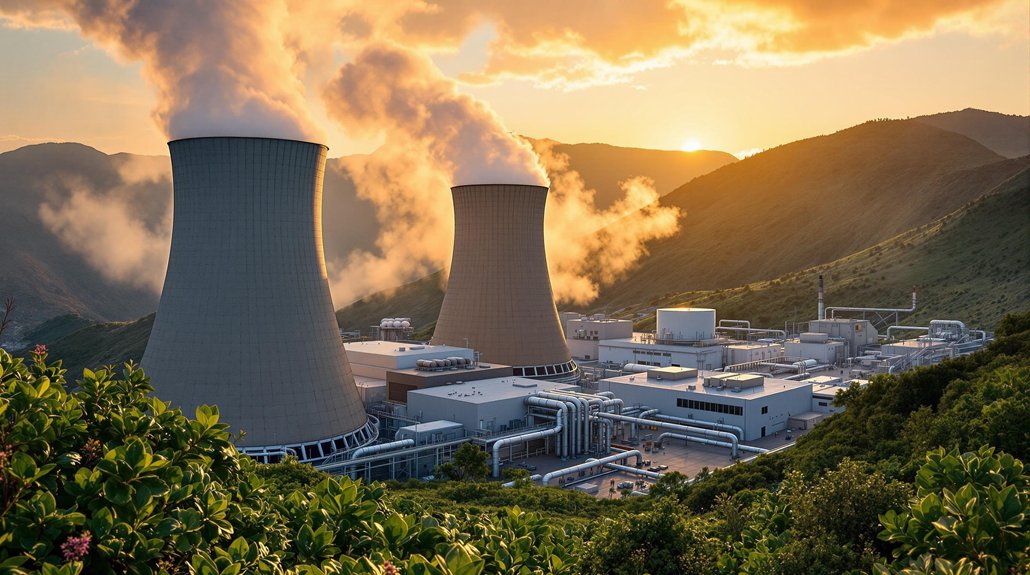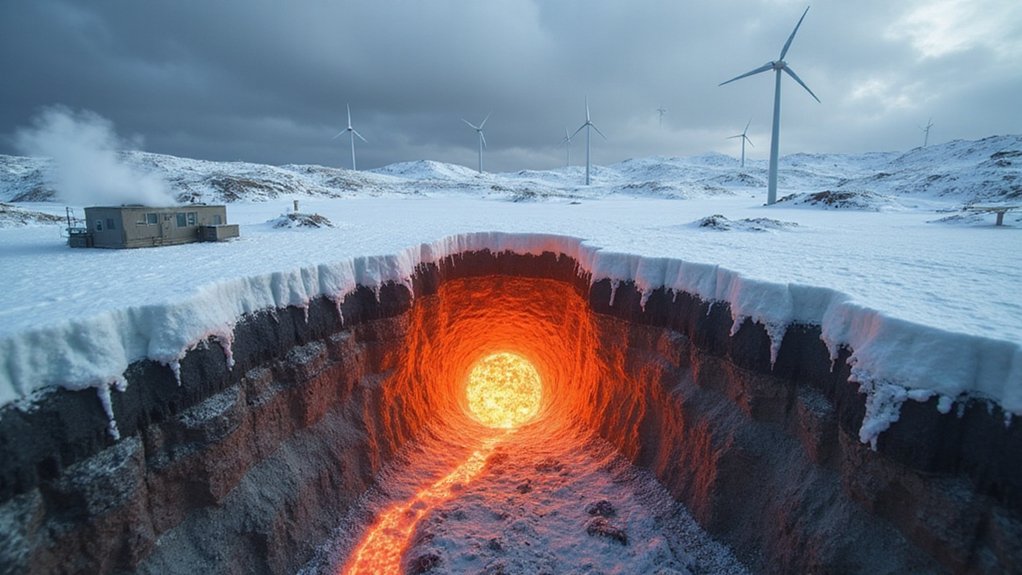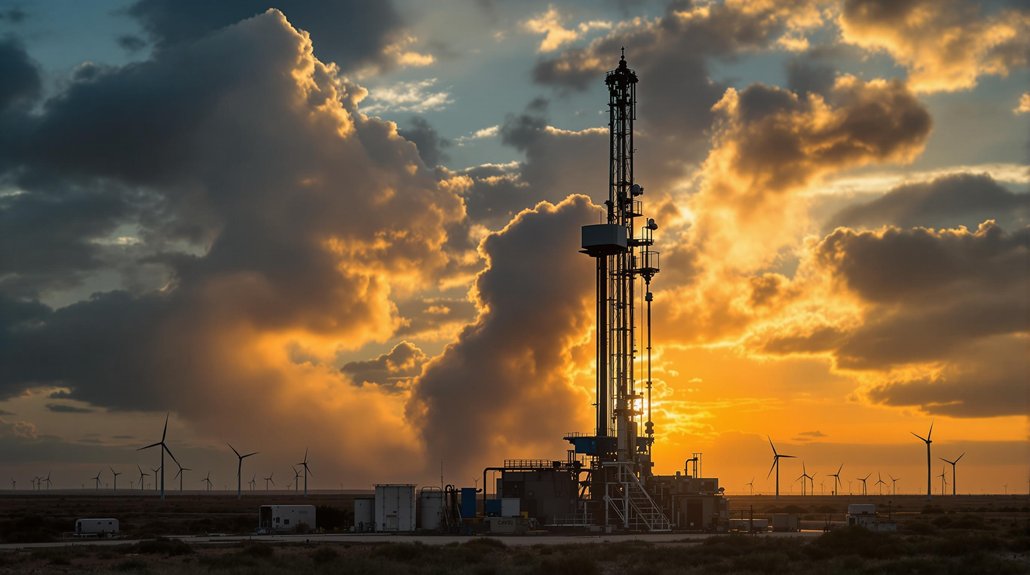Hawaii’s volcanoes are becoming power plants. The Puna Geothermal Venture already supplies 20% of Hawaii Island’s electricity by tapping into volcanic heat. This clean energy source helps reduce the state’s dependence on imported fossil fuels. Officials say geothermal power plays an essential role in Hawaii’s plan to reach 100% renewable energy by 2045. Scientists are now exploring how much untapped potential lies beneath the other islands.
How is a tropical paradise leading the way in renewable energy? Hawaii is tapping into the same volcanic forces that created its islands to produce clean electricity. The Puna Geothermal Venture (PGV), located in the Kilauea East Rift Zone, generates up to 38 megawatts of power, enough to light thousands of homes across the Big Island.
PGV isn’t just any power plant. It harnesses heat from deep within the earth using steam turbines and combined cycle systems. The facility utilizes a two-stage electricity generation process where exhaust steam heats organic working fluid to power a secondary turbine. This facility supplies power to Hawaiian Electric, which then distributes it to customers. From 1997 to 2001, the operation saved $13 million annually by replacing 475,000 barrels of imported fuel oil each year.
Geothermal energy now accounts for 20% of Hawaii Island’s power and over half of its renewable energy. Unlike solar or wind power, geothermal is considered “firm” energy, meaning it works 24 hours a day regardless of weather conditions. This reliability makes it a valuable asset in Hawaii’s ambitious goal to achieve 100% renewable energy by 2045. The Hawaii Clean Energy Initiative has established a target of creating a 70% clean energy economy by 2030 as part of this transition. With a 96% capacity factor, Hawaii’s geothermal plants deliver nearly continuous power throughout the year, far exceeding the reliability of most other renewable sources.
Geothermal provides constant power when the sun sets and winds calm, fueling Hawaii’s clean energy revolution.
The benefits extend beyond just keeping the lights on. By reducing dependence on imported fossil fuels, Hawaii lowers its risk of oil spills and cuts greenhouse gas emissions. The plants use reinjection wells to return condensed steam and brine back into the earth, minimizing environmental impact.
Scientists believe all major Hawaiian Islands may have untapped geothermal resources. The islands sit atop a geological hotspot that’s been active for 70 million years, creating perfect conditions for geothermal energy. While exploration outside of Kilauea remains limited, ongoing research is evaluating neighboring islands’ potential.
Modern technology is improving geothermal efficiency. Binary cycle systems, advanced turbines, and better drilling technologies allow electricity generation from lower-temperature resources. Real-time monitoring systems help detect volcanic activity, ensuring safety.
For Hawaii’s economy, geothermal power creates jobs, stabilizes energy costs, and keeps money on the islands instead of paying for imported fuel. Despite challenges like the 2018 lava flow that temporarily shut down PGV, Hawaii’s volcanic power continues to heat up its energy transformation.
